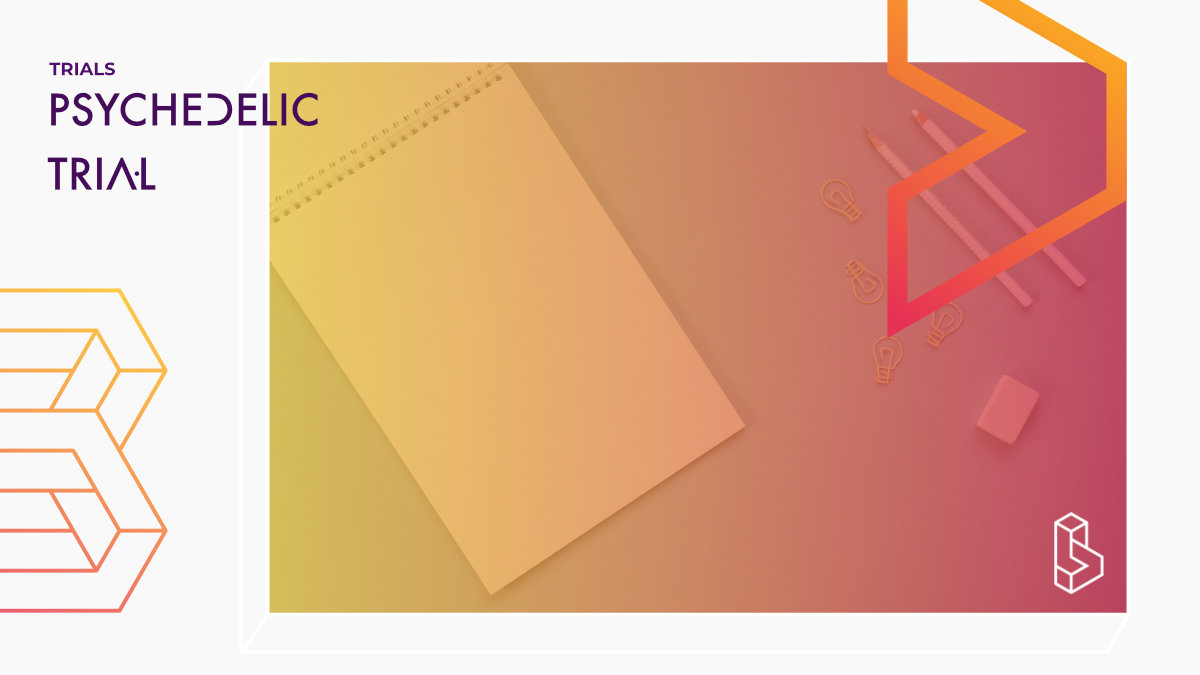This observational cohort study will characterise the temporal profile of the anti-nociceptive effect of an intravenous ketamine bolus using the Nociception Analgesia Index (ANI).
It aims to recruit 20 patients aged between 40 and 80 years undergoing elective surgery with general anaesthesia. The study will use pharmacokinetic-pharmacodynamic (PKPD) modelling to analyse changes in ANI values associated with ketamine administration. ANI values will be recorded every 6 seconds for 5 minutes after the bolus dose.
The primary outcome measures include measuring ANI values after ketamine bolus dose administration, determining the time to maximum predicted concentrations, and predicting ketamine plasma concentrations values after ketamine bolus. Secondary outcome measures include patient weight.
The study is being conducted by Pontificia Universidad Catolica de Chile and is estimated to be completed by December 2024.
Trial Details
Ketamine, an intravenous anesthetic, and analgesic agent has experienced a resurgence in its clinical application, particularly in subanesthetic doses. The aim of this observational study is to characterize the changes in the Nociception Analgesia Index (ANI) associated with the administration of an intravenous ketamine bolus using a Pharmacokinetic-Pharmacodynamic (PKPD) modeling approach. The pharmacokinetic parameters of the Domino model will be used to predict ketamine plasma concentrations after the bolus dose. An Emax model and a link model assuming a first order rate constant (ke0) will be used to fit the data. Modeling analysis will use the program NONMEM. It is expected to recruit a total of 20 patients between 40 and 80 years, ASA I, II or III, programmed for elective surgery with general anesthesia. ANI values will be recorded every 6 seconds for 5 minutes from the bolus dose.Trial Number NCT06344858

